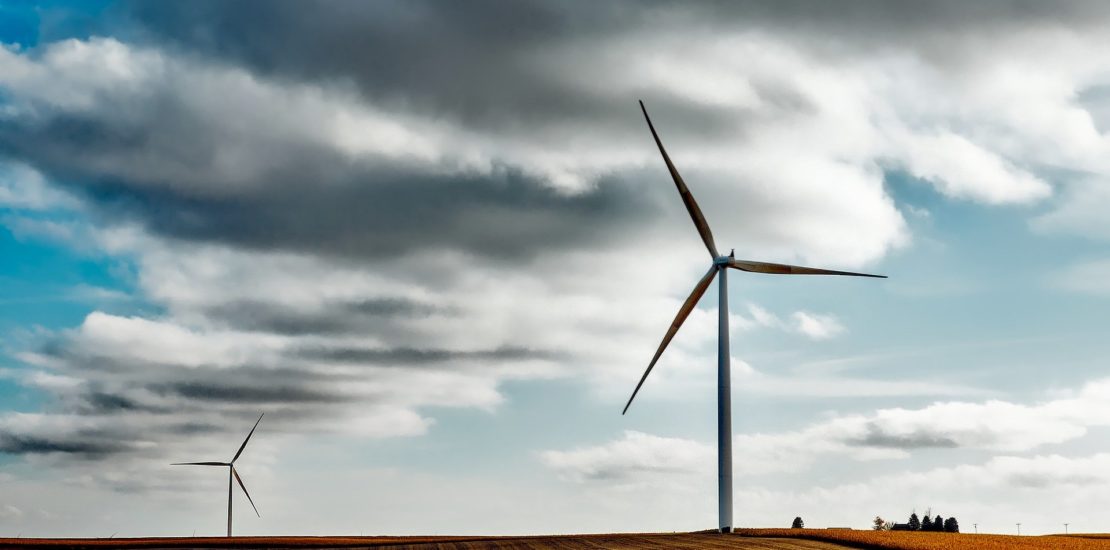- March 15, 2020
- Posted by: guyadmin
- Category: Energy & Water Management

In the past few years, renewable energy sources became cheaper than electricity generation by fuel. Hence a lot of states want to increase their involvement in the field. China, for example, is going to double its wind energy capacity until 2025. European countries are also taking this path. The Netherlands, for instance, has built the world’s largest wind turbine– 260 meters tall with blades that are over 100 meters long.
The US is not left behind. The country promotes diversity in the energy economy, along with the desire to reduce the pollution ejected from carbon dioxide emissions. Today the US is taking a major part in the world wind energy market. It seems that this market is going to be the most dominant renewable energy generator inside the country as well.
Data published in February 2020 in the “Electric Power Monthly” report of the U.S. Energy Information Administration, indicates that the US annual wind production in 2019 was just over 300 million MWh. That’s about 7% of all American electricity and this is just the beginning: The American Wind Energy Association’s CEO declared that American industry is investing $62 billion in new projects over the next few years. This investment, according to a study at Cornell University, will lead to an impressive result: In ten years, 20% from the electricity in the US will be generated only from wind.

According to the IPCC (Intergovernmental Panel on Climate Chang), in order to avoid the impact on climate change and the worsening of global warming, renewable energy will need to produce 70-85 percent of the total energy until 2050. Therefore, investing in wind energy will not only leverage the US economy and save money, but will also help maintain the climate and the environment. Wind turbines, for example, can generate virtually carbon-free electricity for almost 30 years. This means that following their investment, the US might eliminate about 825 million tons of carbon dioxide emissions by 2030.
